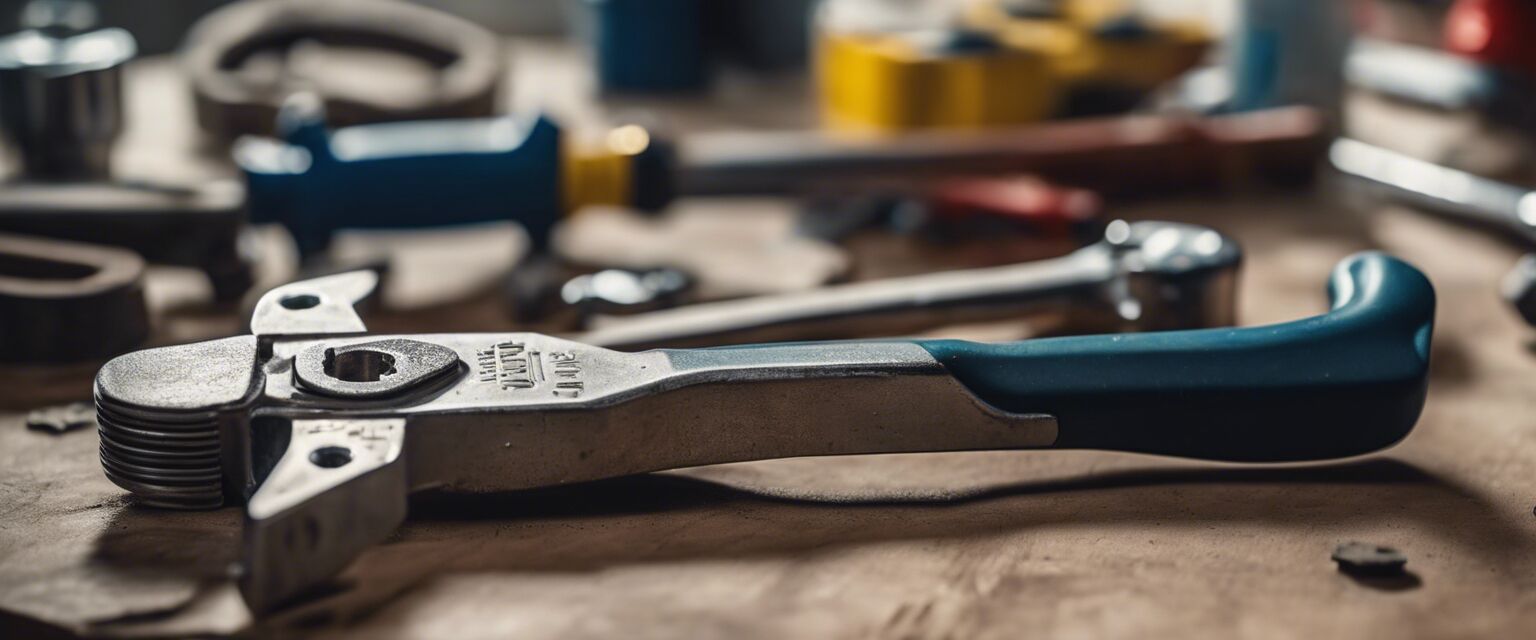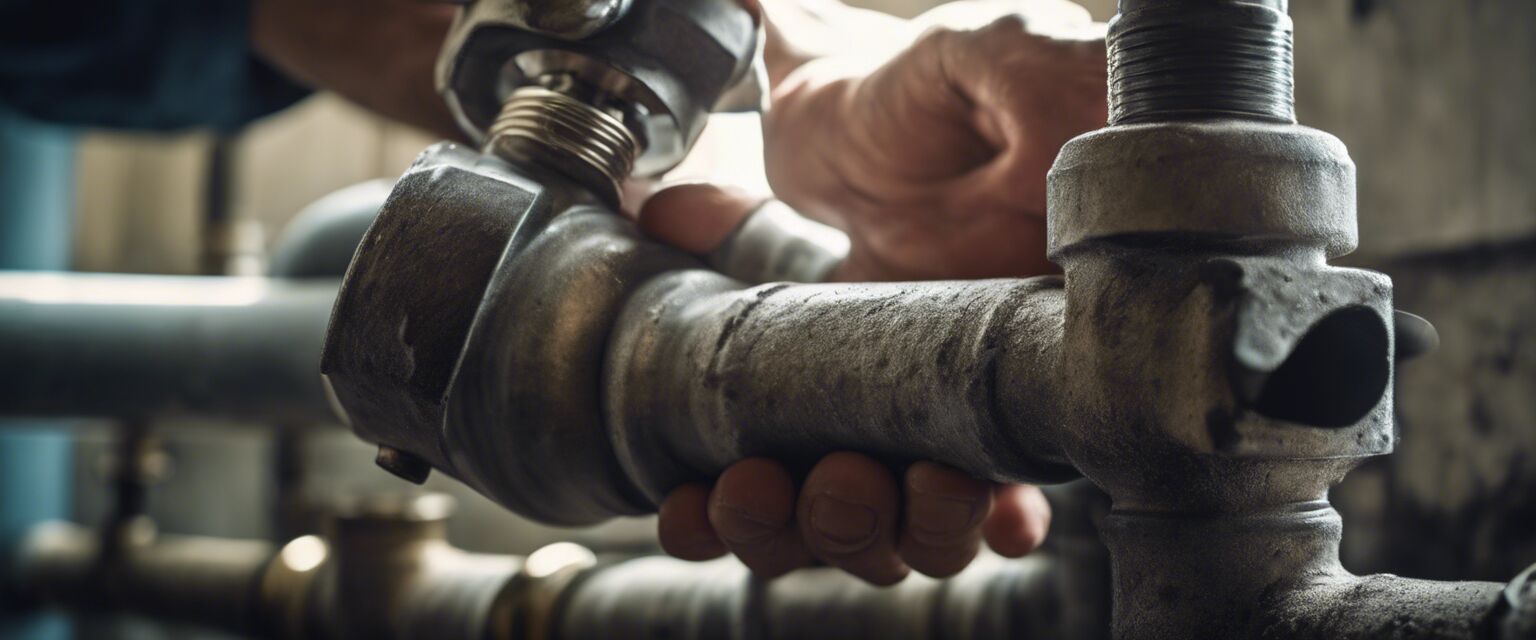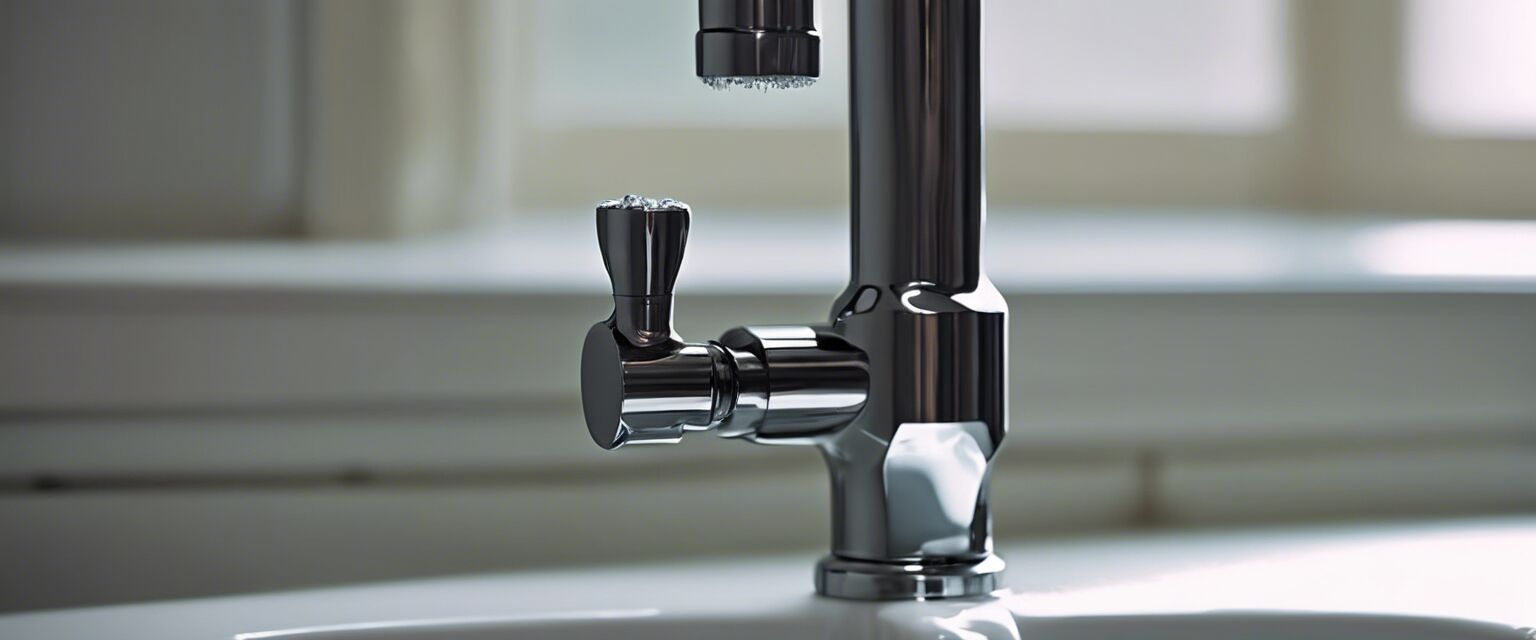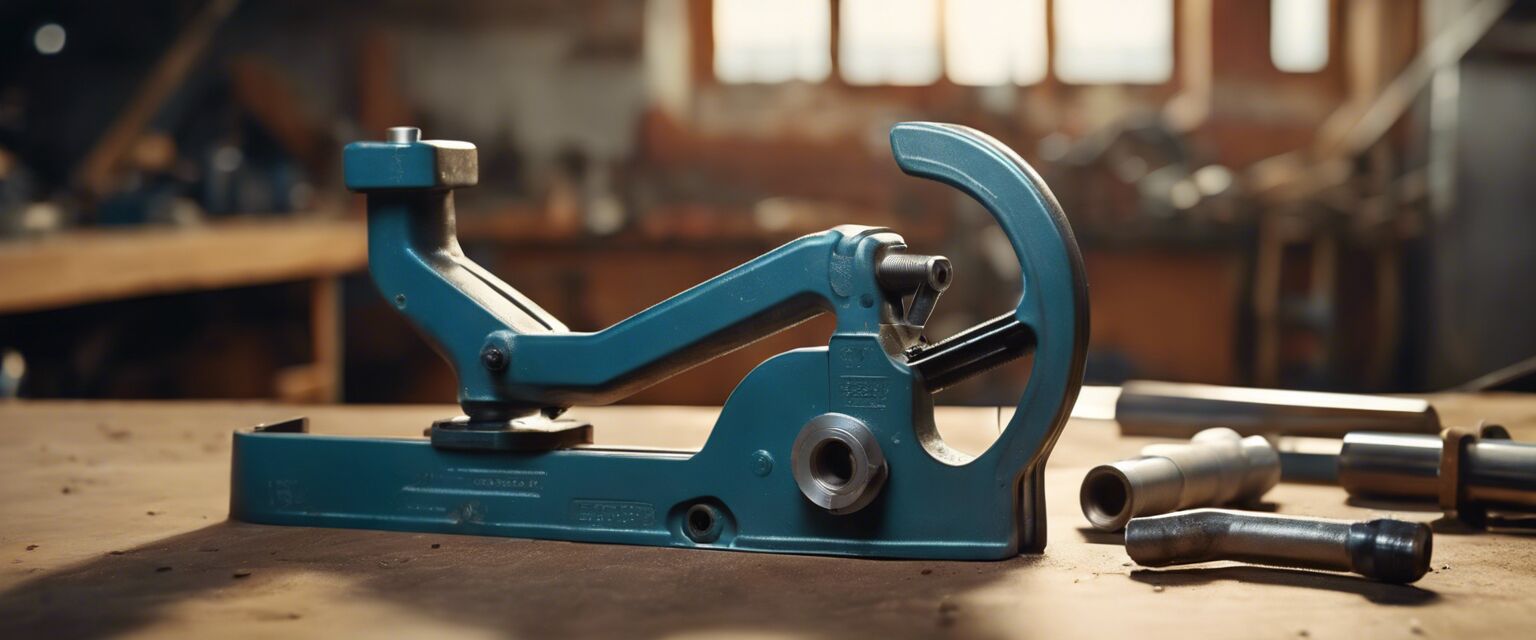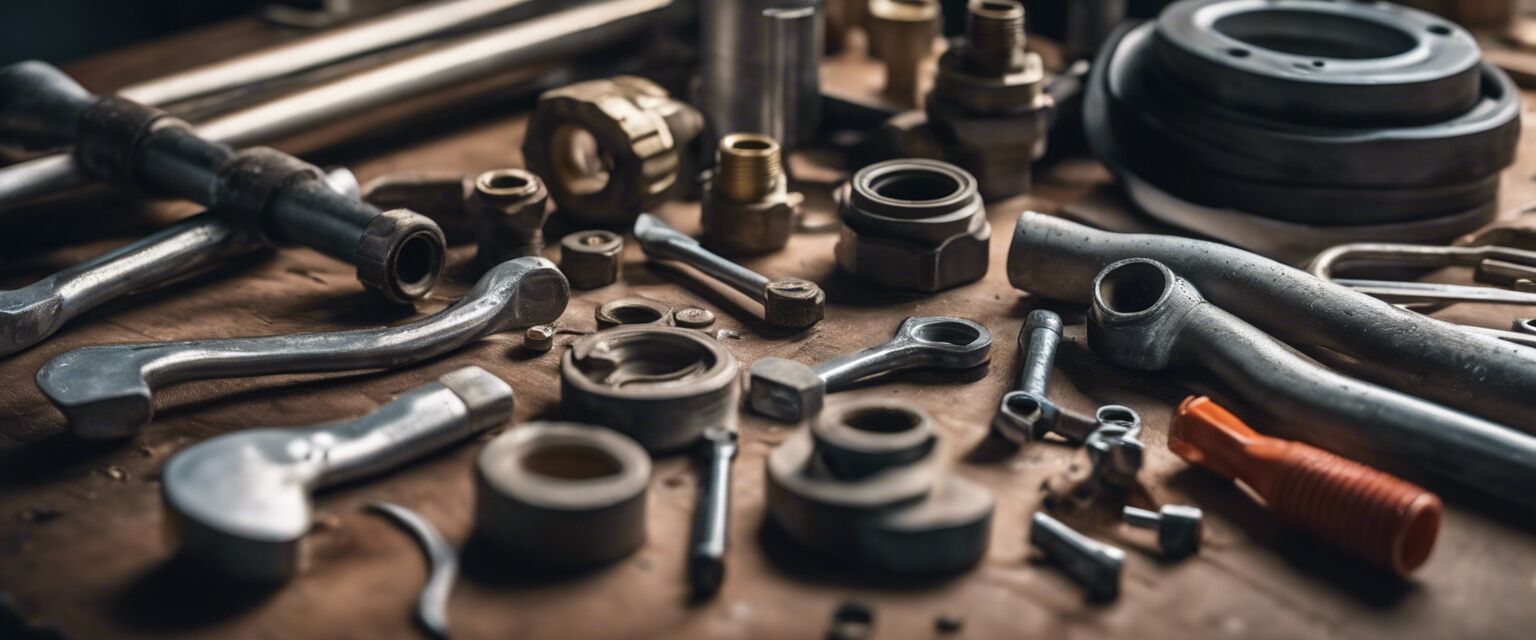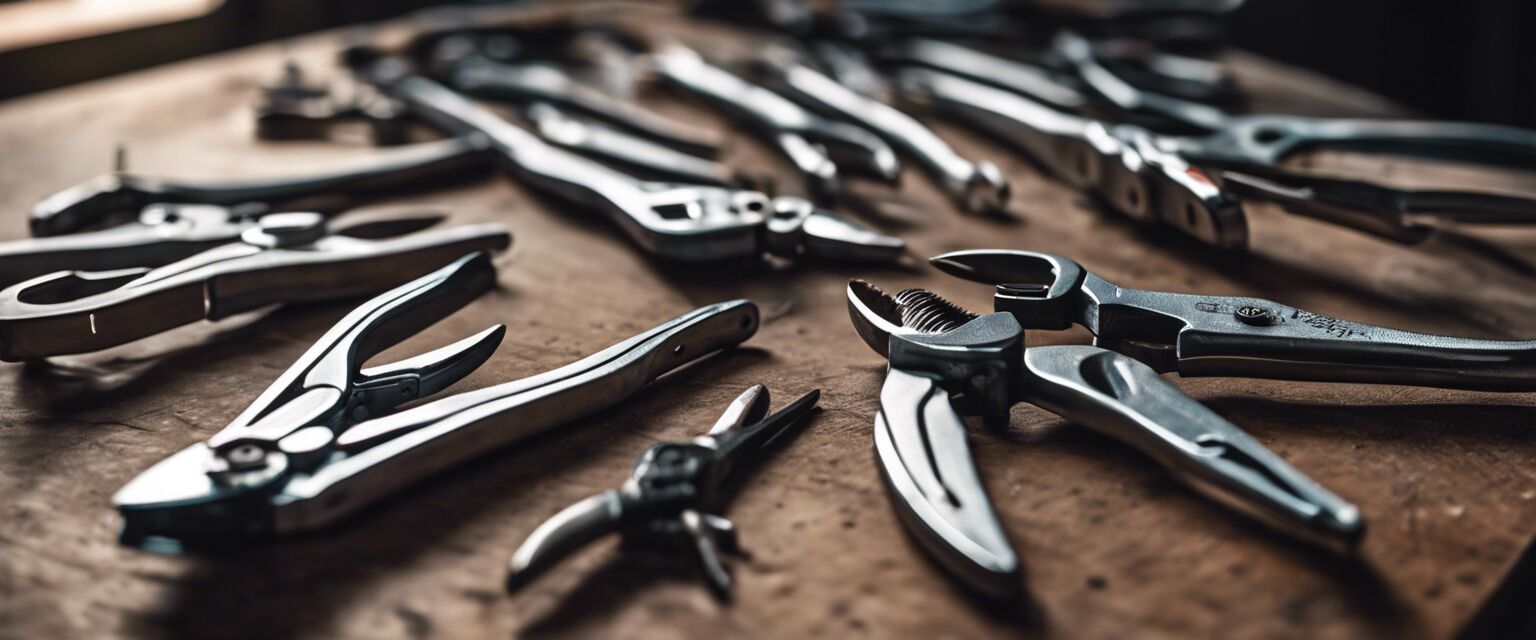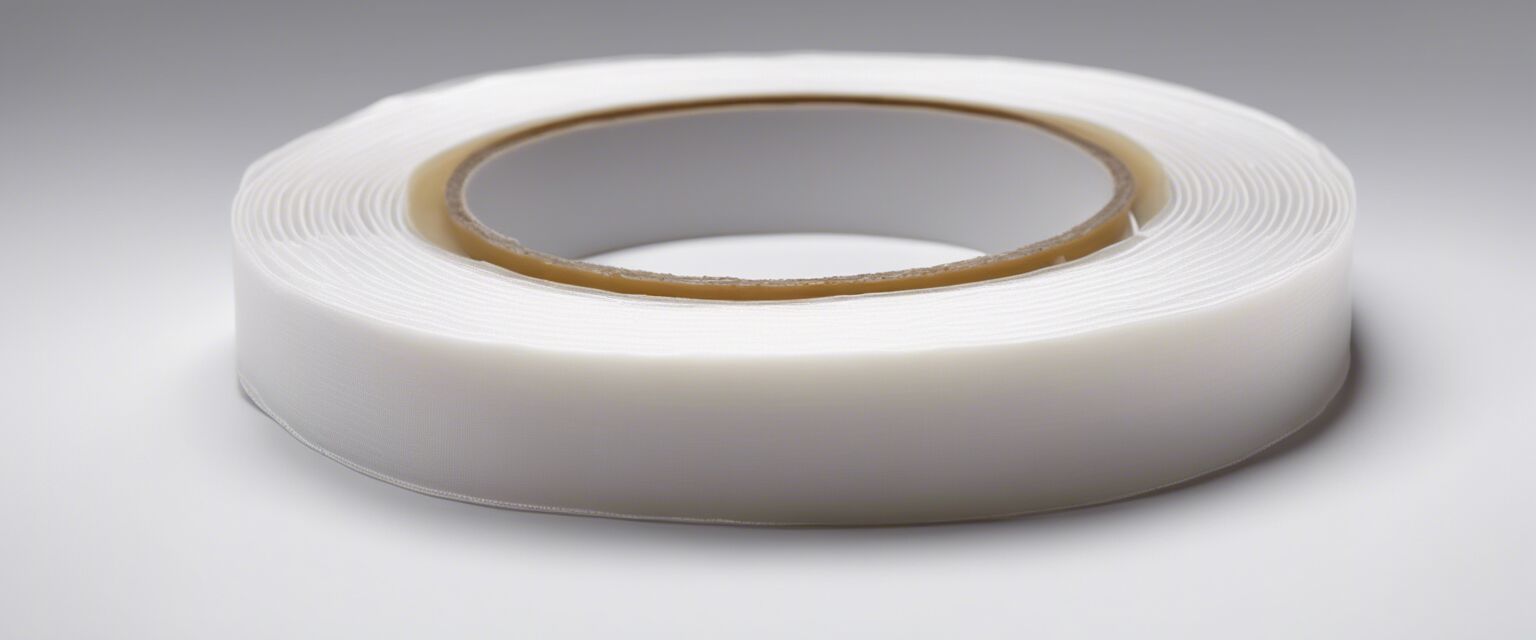
Application of PTFE Tape: A Comprehensive Guide
PTFE tape, also known as Teflon tape, is a versatile and essential tool in the plumbing industry. It is used to create a leak-proof seal on threaded pipe fittings, ensuring a secure and reliable connection. In this guide, we will delve into the world of PTFE tape, exploring its benefits, applications, and best practices for use.
Key Takeaways
- PTFE tape is used to create a leak-proof seal on threaded pipe fittings
- It is available in various thicknesses and colors
- Proper application is crucial for effective sealing
- PTFE tape is not suitable for high-temperature applications
What is PTFE Tape?
PTFE tape is a type of non-stick tape made from polytetrafluoroethylene (PTFE), a synthetic fluoropolymer. It is known for its exceptional lubricity, corrosion resistance, and non-stick properties, making it an ideal material for creating a seal on threaded pipe fittings.
Benefits of PTFE Tape
The benefits of using PTFE tape are numerous:
- Creates a leak-proof seal
- Easy to apply
- Resistant to corrosion and chemicals
- Non-toxic and safe for use with potable water
Applications of PTFE Tape
PTFE tape is commonly used in various plumbing applications, including:
- Threaded pipe fittings (e.g., pipe nipples, adapters, and couplings)
- Valves and faucets
- Pipe connections (e.g., gas, water, and oil lines)
- Hydraulic and pneumatic systems

How to Apply PTFE Tape
To ensure a secure and reliable seal, follow these steps:
- Clean the pipe threads and fittings
- Cut a piece of PTFE tape to the desired length
- Wrap the tape around the pipe threads in a clockwise direction
- Apply 2-3 layers of tape, depending on the thread size
- Ensure the tape is evenly distributed and not overlapping
Common Mistakes to Avoid
When applying PTFE tape, it's essential to avoid these common mistakes:
- Using too much tape, which can cause the fitting to become over-torqued
- Applying tape in a counterclockwise direction
- Not cleaning the pipe threads and fittings
- Using PTFE tape on high-temperature applications
PTFE Tape vs. Other Sealing Methods
| Sealing Method | Advantages | Disadvantages |
|---|---|---|
| PTFE Tape | Easy to apply, non-toxic, and resistant to corrosion | Not suitable for high-temperature applications |
| Creates a strong, permanent seal | Difficult to apply, and can be messy | |
| O-Rings | Provides a reliable seal, and can be reused | Requires specialized tools, and can be expensive |
Conclusion
In conclusion, PTFE tape is a versatile and essential tool in the plumbing industry, offering a reliable and leak-proof seal on threaded pipe fittings. By understanding its benefits, applications, and proper usage, you can ensure a secure and efficient connection in your plumbing projects.
For more information on plumbing tools and accessories, check out our guides on adjustable wrenches, basin wrenches, and pipe cutters.
Pros
- Easy to apply
- Creates a leak-proof seal
- Resistant to corrosion and chemicals
- Non-toxic and safe for use with potable water
Cons
- Not suitable for high-temperature applications
- Can be over-torqued if too much tape is used
Tips for Working with PTFE Tape
- Always clean the pipe threads and fittings before applying PTFE tape
- Use the correct thickness of PTFE tape for the specific application
- Avoid using PTFE tape on damaged or worn-out threads



